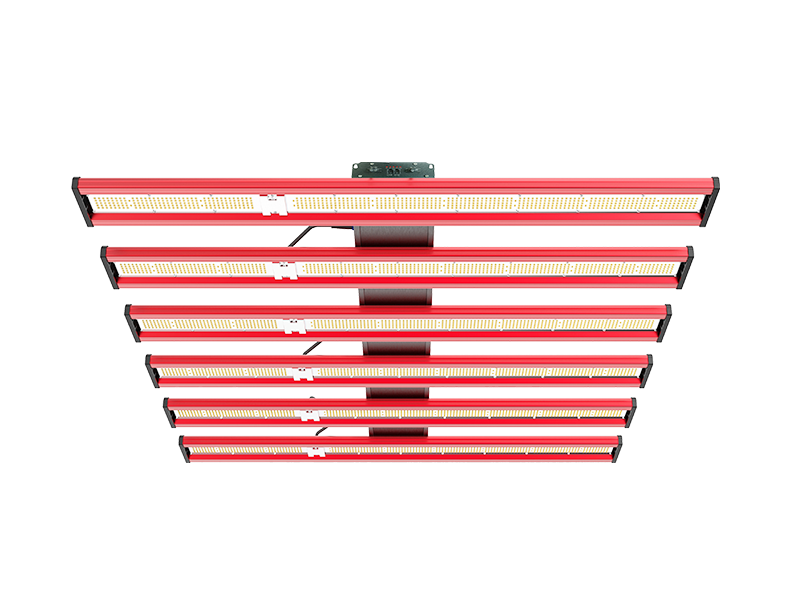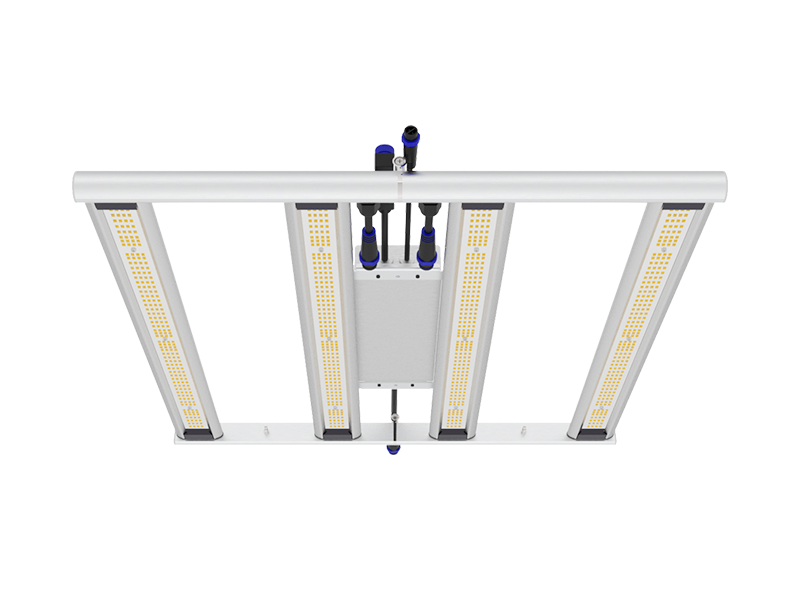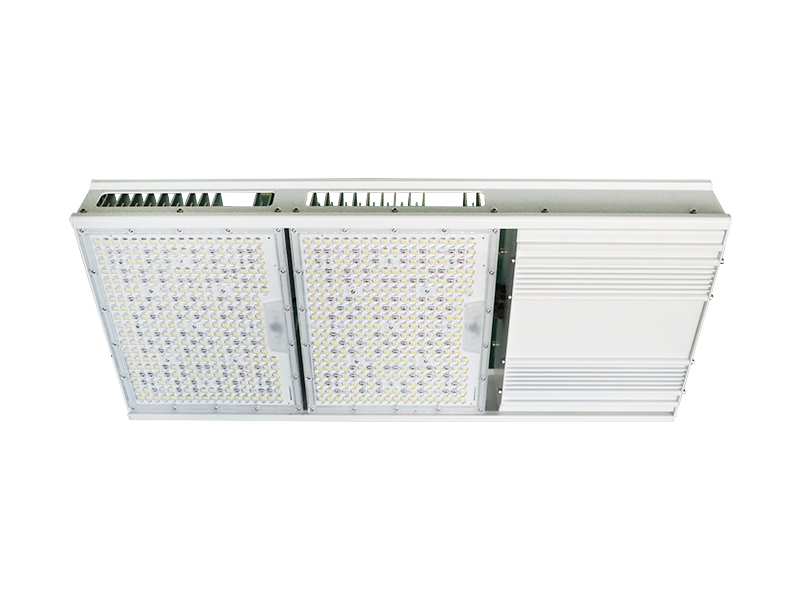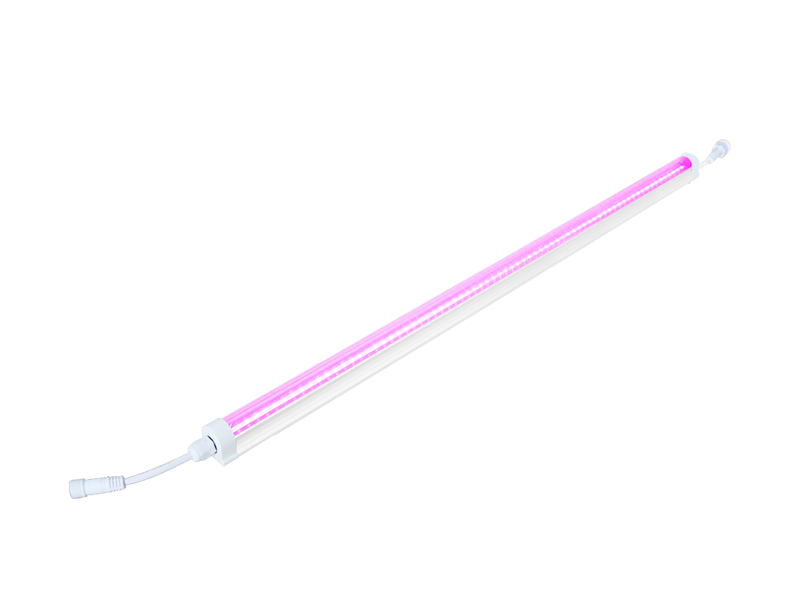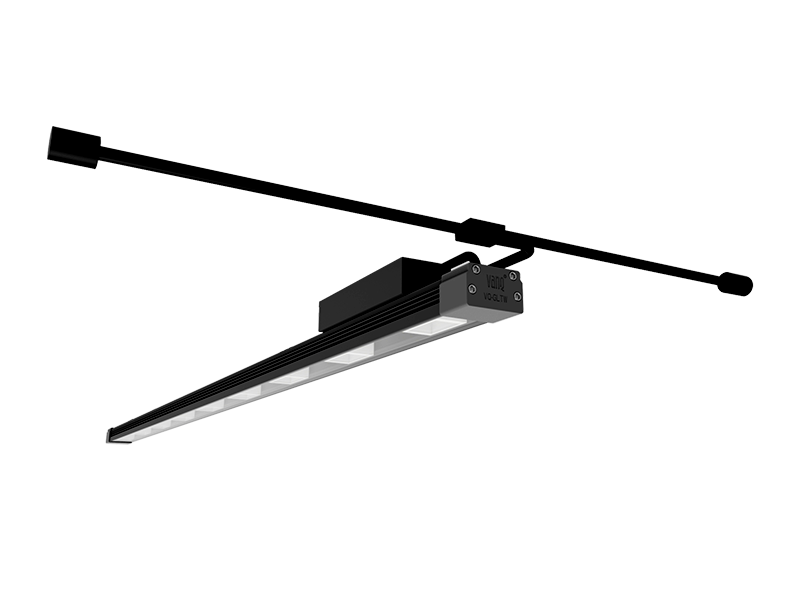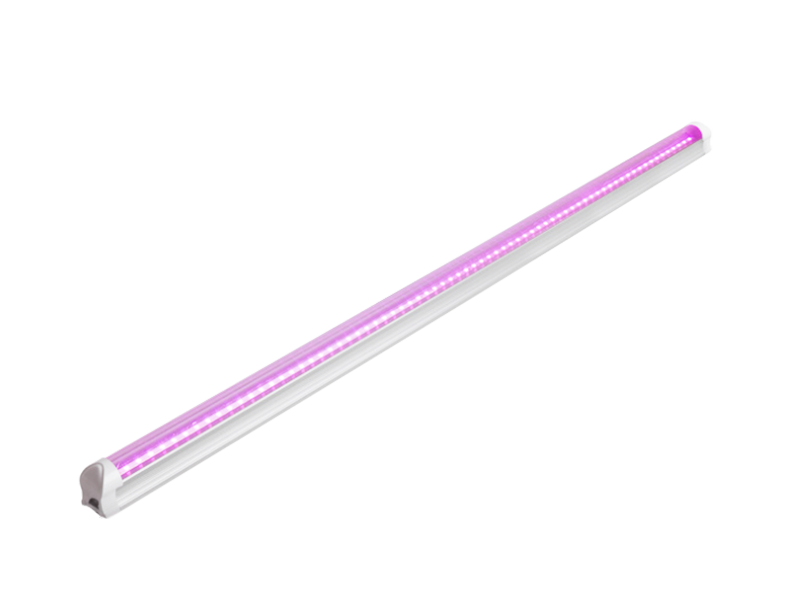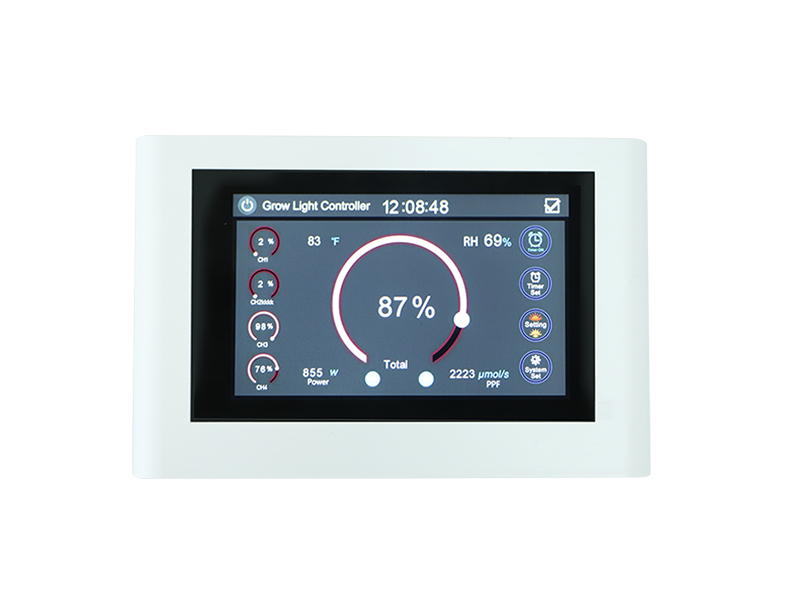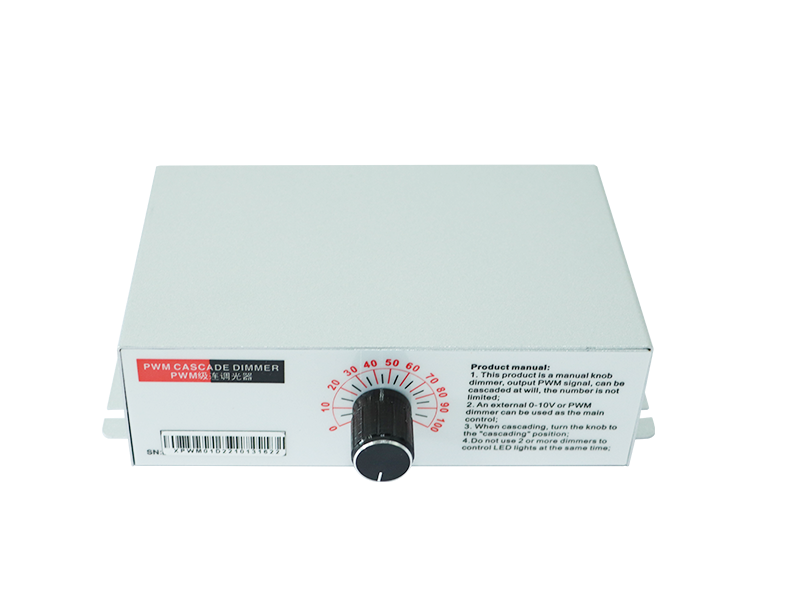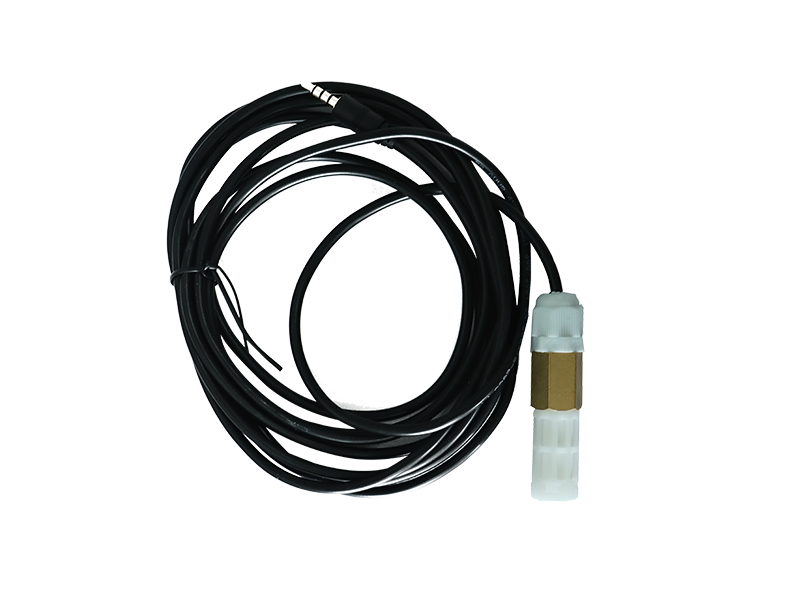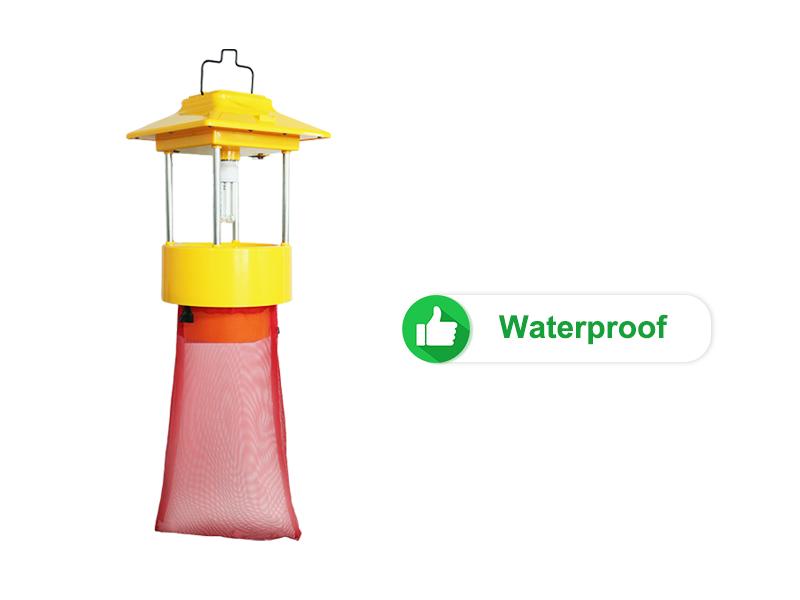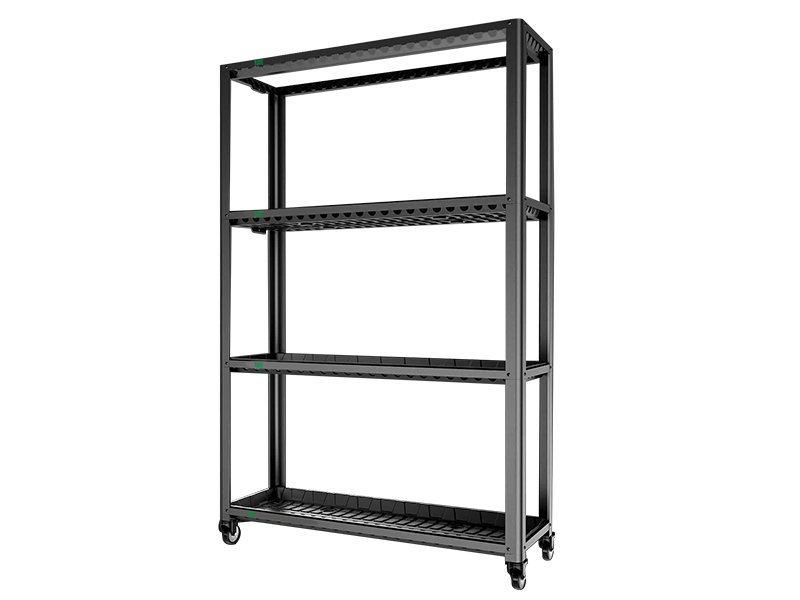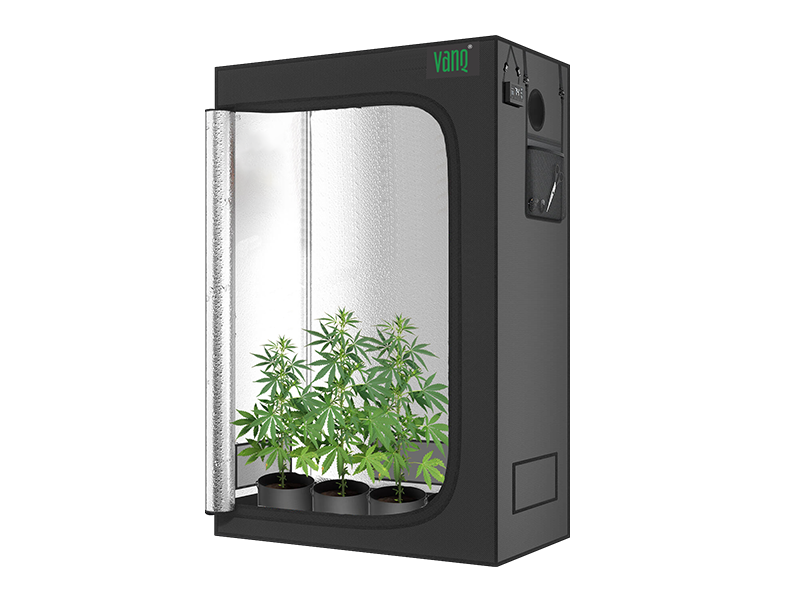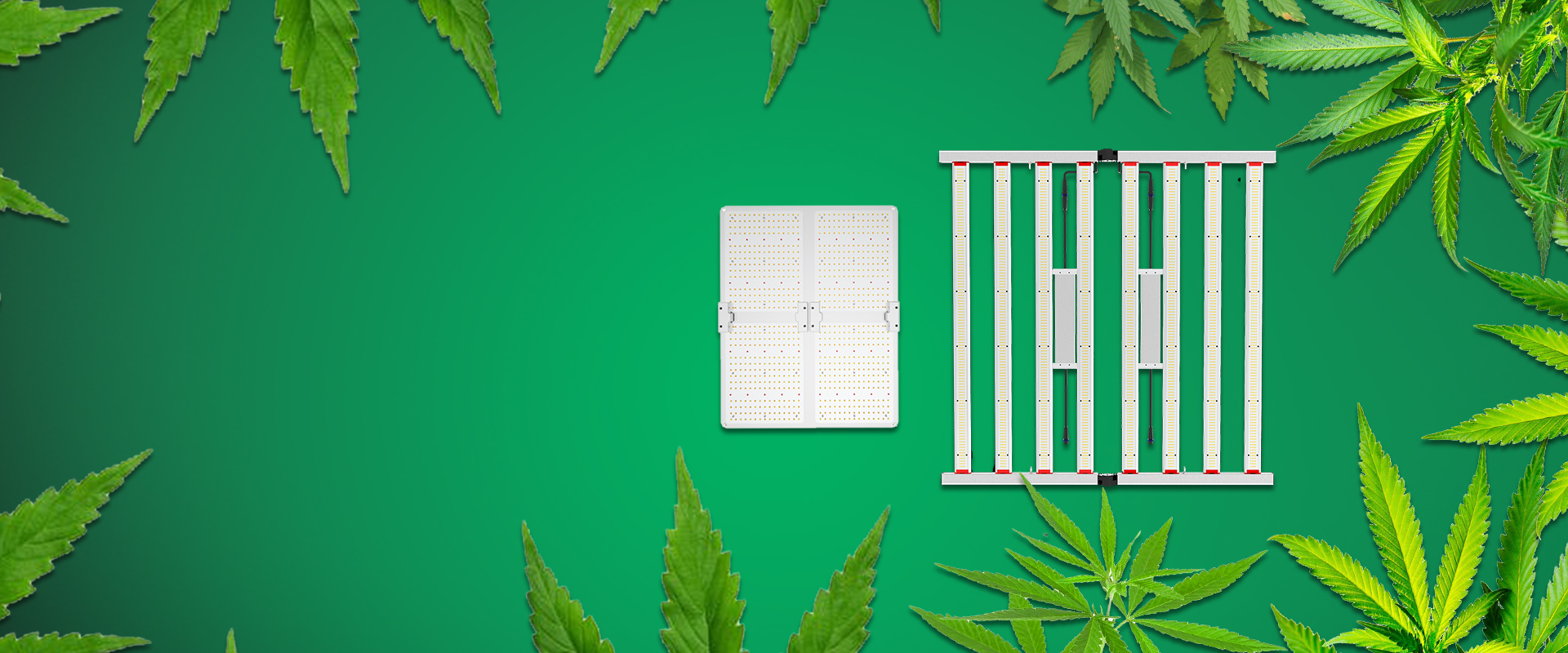Tomatoes come in a variety of forms, whether used in refreshing salads or as a crucial cooking ingredient, providing a delightful taste and nutritional value. Growing tomatoes often seems to require ample outdoor space and sunlight. However, even without a garden or balcony, you can successfully grow lush tomatoes indoors.
With the right preparation, scientific steps, and the use of grow lights, indoor tomato cultivation becomes simple and rewarding. This article will guide you through how to grow tomatoes indoors so you can enjoy a bountiful harvest in limited space.
Preparation

Select the Right Variety:
The first step is choosing a suitable variety for indoor growing. Smaller fruit types, like cherry tomatoes or 'Golden Pearl' tomatoes, are easier to grow in limited space. These varieties also mature quickly, making them ideal for home cultivation.
Growing Containers and Soil:
Choose deep pots or buckets to ensure enough room for the tomato root system. For soil, pick a high-quality potting mix with good drainage and add some compost for extra nutrients.
Grow Light Selection:
Indoor growing relies on artificial lighting, making grow lights crucial. LED grow lights are a popular choice due to their energy efficiency and adjustable light intensity, meeting different growth stage needs.
Planting Steps

Sowing and Germination:
Evenly sow tomato seeds in seed trays or directly into the container, cover with a thin layer of soil, and keep moist. Ensure the sowing environment remains warm, maintaining a temperature of 22-25°C (72-77°F), and provide 12-16 hours of daily light using grow lights. The seeds usually germinate within 7-10 days.
Transplanting and Fertilizing:
Once tomato seedlings reach 5-10 cm (2-4 inches) in height, transplant them to larger containers. Gently lift the seedlings with their root ball to avoid root damage. The container should have enough drainage holes. After transplanting, start regular fertilization with tomato-specific liquid fertilizer or a balanced NPK fertilizer.
Support and Pruning:
As tomato plants grow, they will require support to prevent falling. Use bamboo poles or special support frames and lightly tie the main stem to the support. Prune side branches and excess leaves to help the plant focus nutrients and maintain ventilation.
Care and Troubleshooting

Light and Temperature:
Tomatoes need 12-16 hours of light per day. Adjust the grow light's spectrum and exposure time according to the growth stage, ensuring adequate lighting and maintaining a temperature of 20-25°C (68-77°F) for flowering and fruiting.
Watering and Ventilation:
Keep the soil moist but not too wet, and water thoroughly each time. Wait until the soil surface is dry before watering again. Proper ventilation prevents mold growth and ensures plant health.
Pest and Disease Control:
Common pests and diseases include aphids and powdery mildew. Use soapy water sprays or organic insecticides for prevention. Ventilation and reducing leaf surface moisture can help prevent fungal infections.
Growing tomatoes indoors lets you enjoy fresh fruits and brings a sense of accomplishment and joy. The key is selecting the right variety, providing ample light, support, and care. Regardless of the available space, anyone can grow a bountiful tomato harvest with careful planning and attention. If you'd like to enjoy the self-sufficiency of growing tomatoes indoors, click the dialogue box below to contact us for more information on grow lights and planting solutions!


